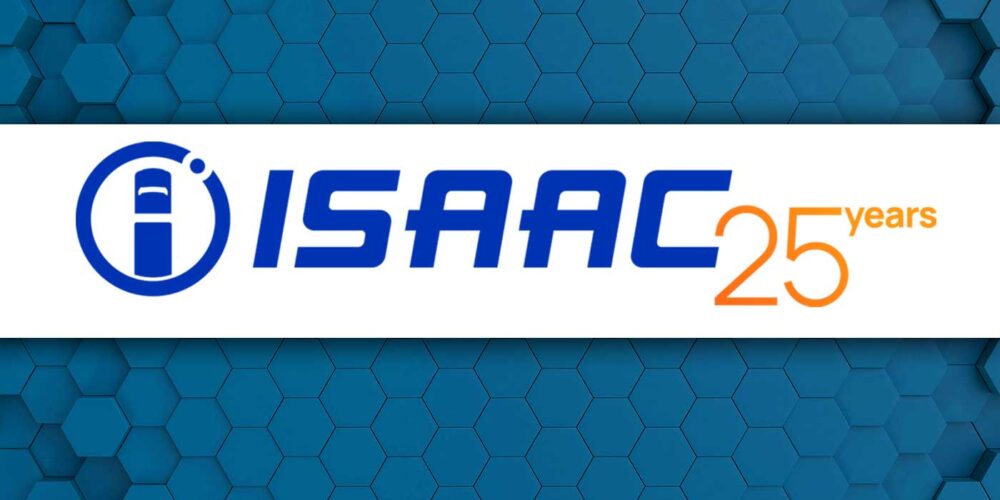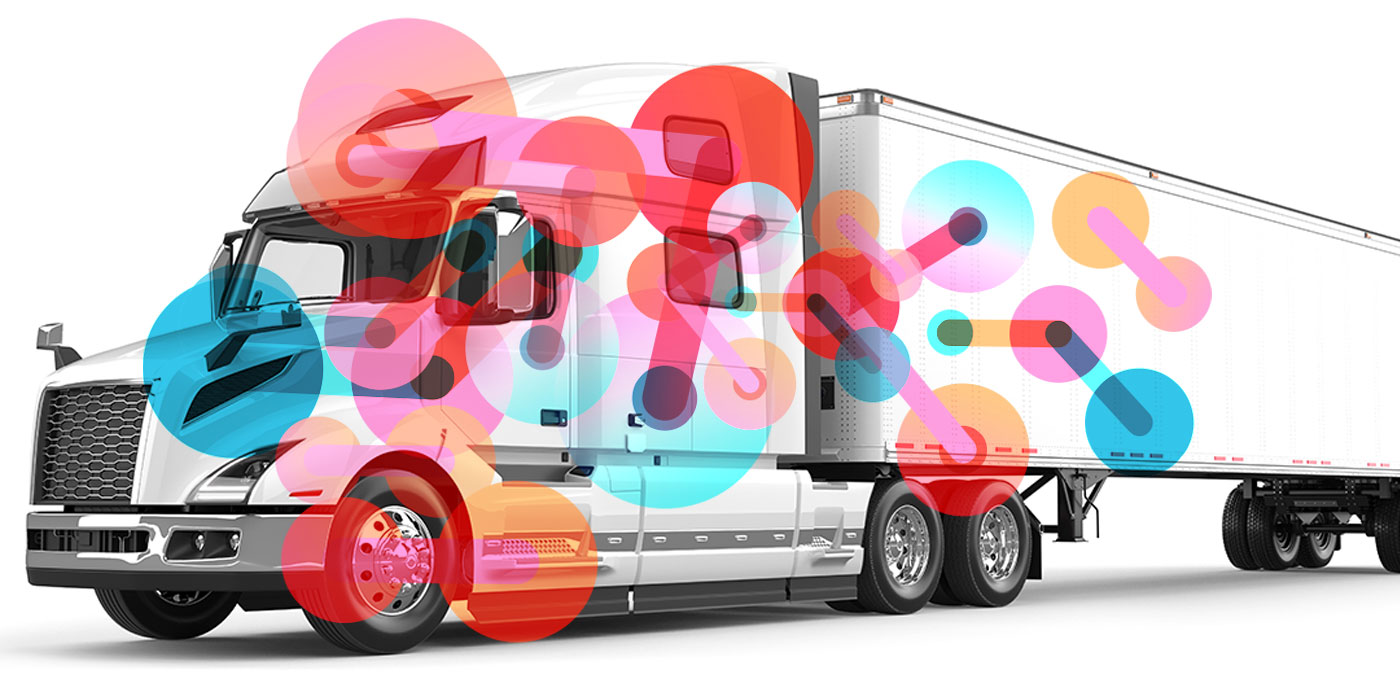You might not think of a truck as technology the way you might with a smartphone or a tablet. But, think about how connected today’s trucks are and how much data they send and receive. From over-the-air updates to increasing automated options, the need for connected trucks will only grow in the future. For this reason, the advent of 5G networks will be a welcome one.
As the name implies, 5G is the upcoming fifth generation of wireless networks. According to Jason Koch, head of product for Verizon Connect, 5G networks will improve on the bandwidth, capacity and latency (which is the length of time it takes for a message or data that is sent to reach its destination) of the current 4G networks—all of which is vital for Level 5 automated trucks to become viable.
“It’s a huge step up from where we are today,” Koch says. “5G is 10 times faster than the current 4G speeds, and you need it to be that fast for autonomous operations.”
What does this mean for fleets? For one, it will have an impact on those who use current 3G and 4G networks. New generations of wireless service use different encoding methods and have historically been incompatible with the previous generation—which could cause problems down the road for trucks who rely on 3G and 4G networks now.
And it’s coming our way fast. “Faster than a lot of people were thinking it would,” Koch says. “Verizon’s launching 5G in several markets in the second half of this year, starting in Sacramento, and then Verizon’s going to announce broader deployment plans for 2019, in multiple markets. So you’re going to see impact in 2018, and it’s just going to grow from there.”
One advantage of 5G is the ability to provide improved routing features, a key stepping stone toward increasingly automated technology.
“Through our Class 8 connected navigation product, we know the routes these trucks take, and when things are converting to autonomous, they will need to follow those same routes,” he says. “If you ask Google, today, to take you to Walmart, it’s just going to take you to the front door, not to the loading dock. Some of our customers deliver goods and services to places that consumers never go—think oil fields, mining sites, quarries and concrete mixing plants. Fleets have to go to these places every single day, so autonomous trucks will need to have the best routes to get there and all the information they’ll need.”
Some of the possibilities for which 5G is needed include the potential for tele-operations, or remote piloting of vehicles. In this scenario, a truck would remain fully autonomous for the majority of its run, but a driver would take control for the last mile or when the truck runs into congested traffic, severe weather or other out-of-the-ordinary events. More details on this can be found in last month’s column.
According to Koch, remote piloting is “definitely” going to happen, and 5G will be necessary to make it so. “That’s an example of an application that really requires high bandwidth and super-low latency, since it will require things like live video feeds and possibly three-dimensional augmented reality or virtual reality technology,” he says.
Koch points out another example of a future trucking technology that 5G will enable: giving the truck the ability to see around corners.
“So,” he explains, “if one truck is going down a road, passes the corner and detects a pedestrian, you can immediately alert another truck or vehicle that’s less than a second away from that corner with a low-latency network.”
The next generation of networks has the ability to start tying together vehicle-to-vehicle and vehicle-to-infrastructure connectivity that have been hypothesized by OEMs and technology companies alike.
Granted, these technologies are a long way off, but the advent of 5G networks mean theses ideas can start to be tested as 4G networks would not have been able to deliver the amounts of data necessary to try them out. We’ve only scratched the surface of what’s possible.













